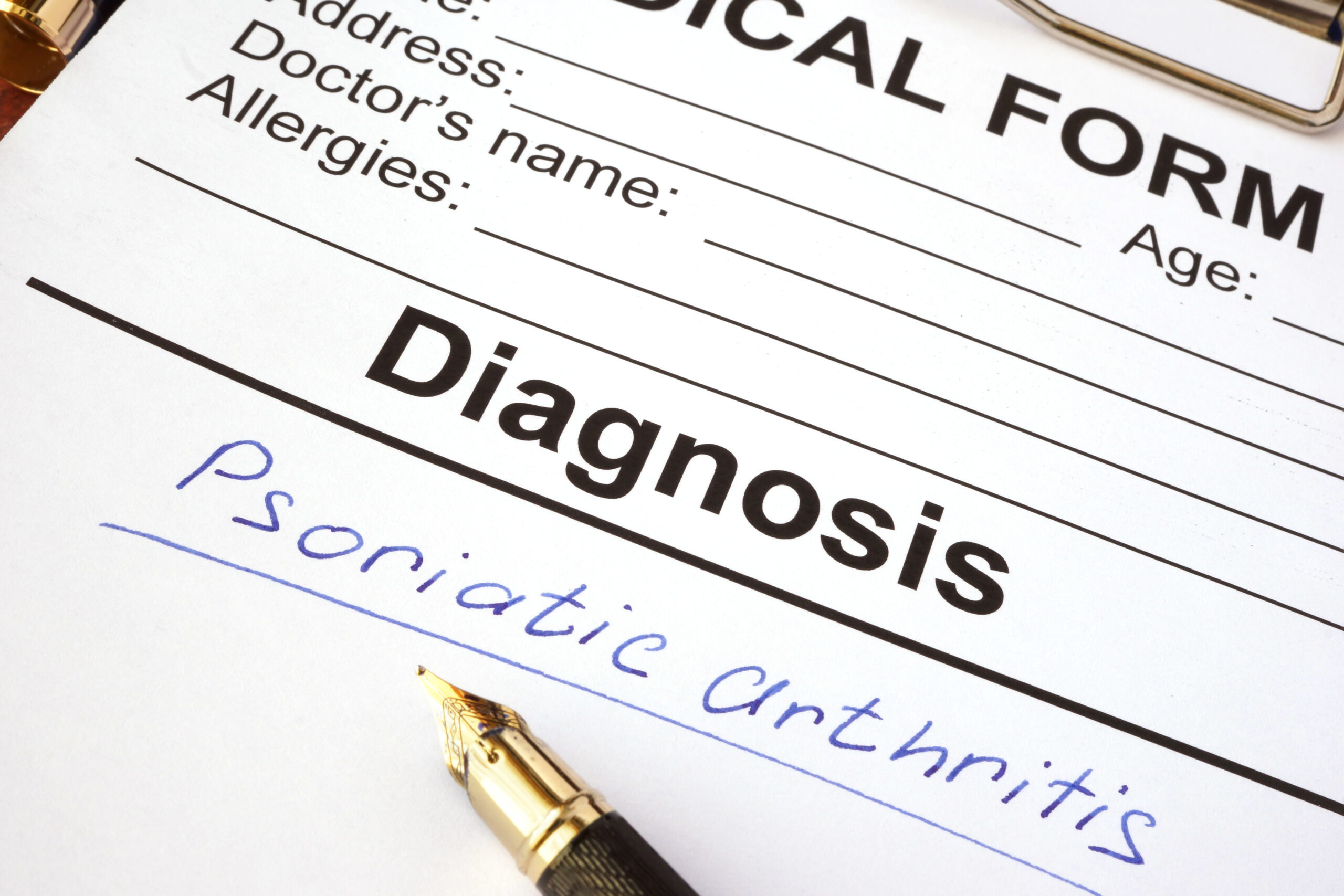
Psoriatic arthritis is a painful condition that can cause a person to struggle with their daily activities. However, people can still live a fulfilling life and do everything they used to do before. It just might take a little more effort than before. Here are some tips to help you get through everyday activity.
1. Eat the right diet
Read More »- fatty fish (salmon and tuna)
- garlic
- broccoli
- berries
- cherries
- turmeric
- whole grains
- avocado
You should also eliminate certain foods in your diet specifically known to contribute to bloating and inflammation. Things to avoid include processed foods and foods high in empty calories, such as chips.
2. Go to physical therapy
Physical therapy is a special type of therapy designed for people to recover from an accident or focus on specific conditions. The physical therapist will give you exercises to perform that are specifically designed to help relieve aches. Talk to your insurance to learn if your physical therapy could be covered.
3. Get in motion
When you experience pain throughout the day, you don’t want to move. However, moving could be the best thing for you to do. If you refuse to move and exercise, your body will get used to limited mobility. Think of the law of relativity: an object in motion stays in motion. It’s the same concept. You need to get your body moving to continue moving. Try doing at least a little bit of exercise every day. You can go to the gym or go for a jog or walk. Start small but continue to challenge yourself as you notice progress. With time, you will see a significant increase in mobility.
4. Avoid alcohol
A little bit of alcohol is a great way to let loose and socialize with your friends and family. However, alcohol is also bad for your condition. Alcohol can cause inflammation, making your pain worse. Also, alcohol can also create new aches and pains in your joints you didn’t have before. Plus, the hangover the next day isn’t going to encourage you to exercise or go to physical therapy. It’s best to limit alcohol intake to low amounts on special occasions if you want to feel your best.
5. Record your experiences
Keep a journal for you to record your aches and pains every day. Judge them on a scale of 1 – 10 and mention if it’s worse at any particular time. You should also record the things you eat and your activity throughout the day. Finally, make sure you record any medications you are taking both for the aches and pains and for any other reason. Look for different patterns. You may find that certain foods exasperate the problem. You can make changes to avoid those particular foods. Consider giving your journal to your doctor. It can give them a detailed picture of what you are going through and what you’ve been trying.
6. Educate yourself
Learn everything you can about arthritis. In your research, you will learn the causes, symptoms, and treatments available. Knowing the causes can help you minimize the risk. You can also learn about the treatments available. News articles may tell you about new treatments not popular yet. The more you know, the more likely you will be to make the best decisions for your body.
7. Medication
One of the best ways to manage your condition is to take medication. The medication can make movement less painful for you, allowing you to get more done. However, you should learn about all medications before you take them. Some medications can make you feel tired. Some may even make you feel “high”. You may not be bale to drive or drink alcohol while taking certain medications. You should limit medication use to OTC medications if possible. Certain medications may be addictive, so be careful.
8. Try alternative treatments
Western and holistic treatments are growing in popularity. These methods can help reduce drug use in patients. One popular method is acupuncture. Acupuncture is an ancient Chinese healing method that involves putting needles into specific pressure points. Certain pressure points are associated with specific parts of the body.
Another alternative treatment method involves healing stones. The stones supposedly have the power to generate healing energy that your body will soak up. While not necessarily backed by science, these treatments won’t hurt anything when in conjunction with regular treatment. However, you should not forego regular treatment exclusively for alternative healing methods.
9. Reduce stress
Stress can sometimes manifest itself physically into the body’s aches and pains. In order to find relief, you should reduce the stress in your life. First, minimize your work load every day to make life easier for yourself. Of course, you can’t get rid of all of your stress. To manage the stress, you should meditate or do yoga. You can also find a creative outlet to help express your feelings about the stress you experience every day.
10. Get support
You are not the only one who lives with arthritis. However, the other people in your life who don’t suffer from the same condition may not completely understand how incapacitating it can be. Talk to your doctor about support groups specifically designed for people with the same chronic condition. You may learn how other people handle getting through the day. You can also share your own experiences. Hopefully, you will meet friends who you can turn to for support when you need motivation on a particularly bad day.
As we age, our health starts to deteriorate. For many of us, it results in aches and pains in the body that are difficult to manage. It can even make regular tasks quite difficult to the point where you don’t get much done. Luckily, with proper fitness, eating, and self care, the aches and pains can become more tolerable. However, in some cases, you may still want to consider medication. If people aren’t supportive in your home, you may also choose to go to a support group as well. You do not have to succumb to your condition any longer. Do something about it starting today.





